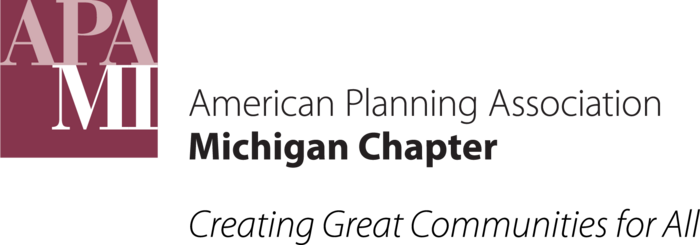Complete Story
08/13/2025
Coastal Solutions Compendium
Bluff Protection Overlay
Bluffs are steep slopes, often adjacent to a body of water, that have been formed by erosion over time. Communities can protect bluffs from construction impacts by including special setback provisions in the zoning ordinance or including these areas in a natural features overlay zone (see natural Features Overlay Tool). The state of Michigan regulates construction on bluffs which are in High Risk erosion areas. in those areas, the municipality may assume authority for regulating HREAs (see the Permit Review of State-designated Lands).
Why it supports resilience:
A bluff protection overlay can minimize the impacts of erosion, undermining, slumping, or collapse of the bluff on existing and proposed development and protect the adjacent water body from excess sedimentation.
How it is used:
Bluff protection overlays typically provide setback requirements for the top of the bluff, as well as limits on structures and activities on the face (slope) and at the toe of the bluff. These setbacks must be periodically reviewed to accommodate the landward movement of the coast.
Bluff protection provisions may be included in a natural features or sensitive area overlay district. They may also be used in conjunction with permit review of state-designated lands.
Possible obstacles to implementation:
- Not all bluff protections are good solutions (i.e., seawalls) so the regulations need to be carefully considered.
Example:
Emmet County Shoreline Bluff Protection Zone
Zoning Ordinance 15-1, 22.10.2 Regulation of shoreline Bluff Protection Zone:
A. Except as otherwise provided in this Section, excavation or construction activity is prohibited within the shoreline Bluff Protection Zone. The shoreline Bluff Protection Zone includes an area within fifteen (15) feet of the top of the bluff, the face of the shoreline Bluff as it extends lakeward from the top of the bluff to the toe of the bluff and the area extending lakeward fifteen (15) feet from the toe of the bluff. For purposes of this Section, the following terms shall mean:
1. Top of the Bluff is the point where the slope toward lake Michigan first exceeds a grade of 33%.
2. Toe of the Bluff is the point where the slope toward lake Michigan first decreases to a grade of less than 33%.
B. This Section shall not apply to:
1. Stairways. The installation, repair and maintenance of open stairways, open landings of 200 square feet and under, pathways and trams, all intended to access the areas below the bluff.
2. Remodeling. interior remodeling, changed floor plans, re-roofing, re-siding, replaced walls and the like, if no footing or foundation work within the Bluff Protection Zone is involved.
3. Existing driveways. The reconstruction of existing driveways including the replacement of existing surface materials and maintaining the existing driveway width or otherwise where no new excavation work would be needed.
4. Utilities. The repair, replacement or reconstruction of utility services to include all elements of sanitary sewage systems, wells and water services and other existing accessory service utilities.
Tasks for implementing this tool:
- Engage with the community about the potential change (see Community Engagement Approaches in Chapter VI).
- Conduct an inventory of the coast using aerial photographs and US Geological Survey topographic maps to identify bluffs most at risk of erosion due to slope and underlying geology, in addition to the status of current structures and potential development parcels.
- Using data from your inventory, determine what types of regulations will be most protective.
- Identify all coastal parcels to be subject to the bluff protection provisions and determine whether to add the requirement as part of an overlay district or general zoning provision that applies to all properties with coastal frontage.
- Identify where to add the bluff protection provisions. This may be in a chart, or it may warrant a separate section. The advantage of a separate section is that any special limitations, such as natural features protection, parking limitations, armoring limitation, septic tank placement, etc., may be listed.
- Determine the appropriate review process, either through a site plan or construction permitting.

